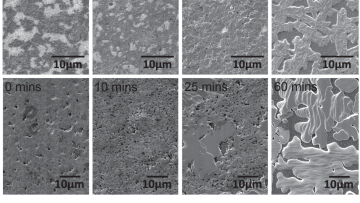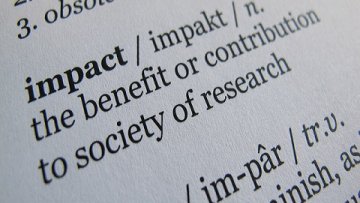16:00
Wach modules, regulator maps, and ε-isomorphisms in families
Abstract
In this talk on joint work with REBECCA BELLOVIN we discuss the “local ε-isomorphism” conjecture of Fukaya and Kato for (crystalline) families of G_{Q_p}-representations. This can be regarded as a local analogue of the global Iwasawa main conjecture for families, extending earlier work of Kato for rank one modules, of Benois and Berger for crystalline representations with respect to the cyclotomic extension as well as of Loeffler, Venjakob and Zerbes for crystalline representations with respect to abelian p-adic Lie extensions of Q_p. Nakamura has shown Kato’s - conjecture for (ϕ,\Gamma)-modules over the Robba ring, which means in particular only after inverting p, for rank one and trianguline families. The main ingredient of (the integrality part of) the proof consists of the construction of families of Wach modules generalizing work of Wach and Berger and following Kisin’s approach via a corresponding moduli space.



